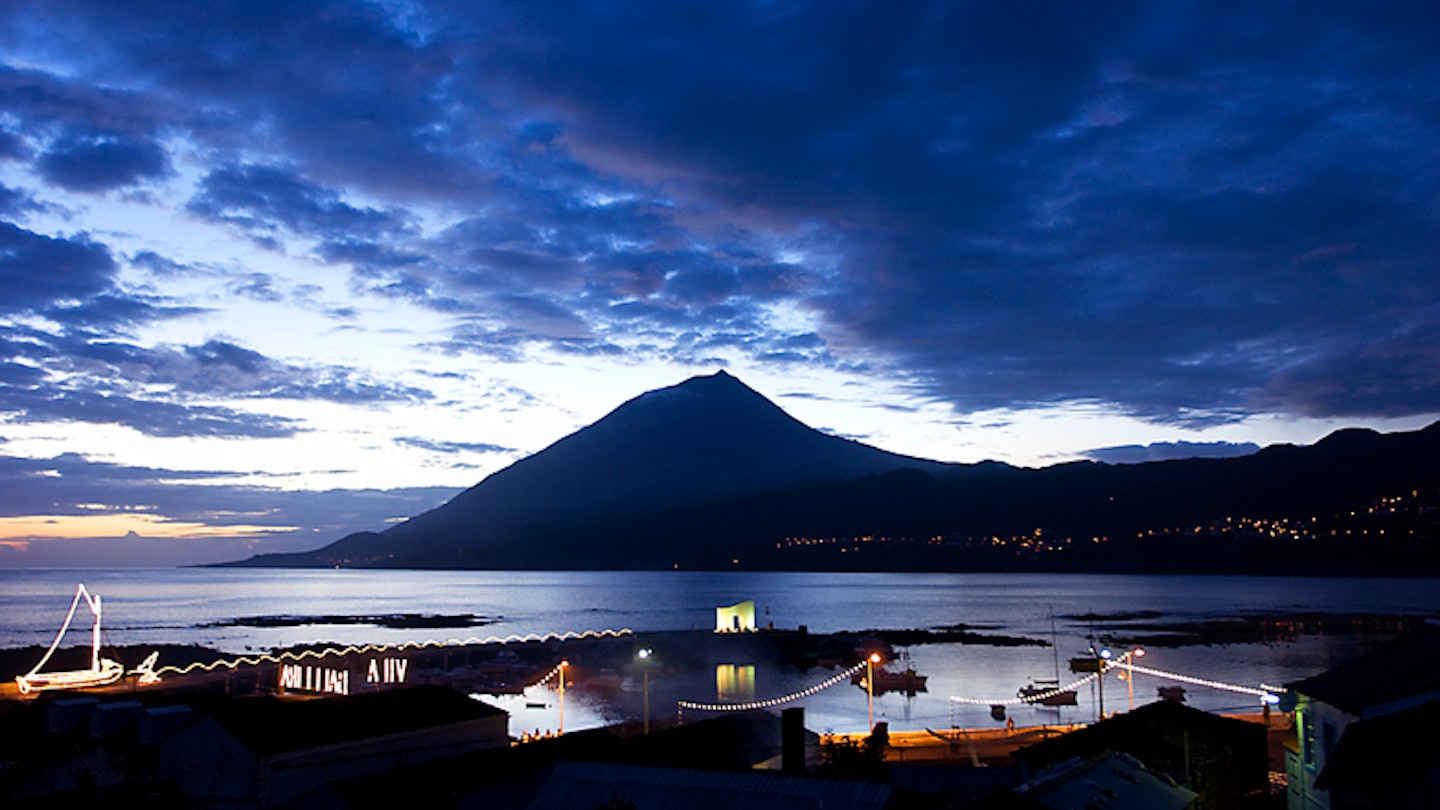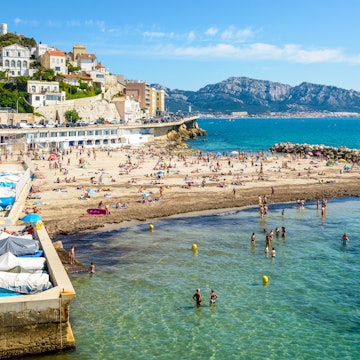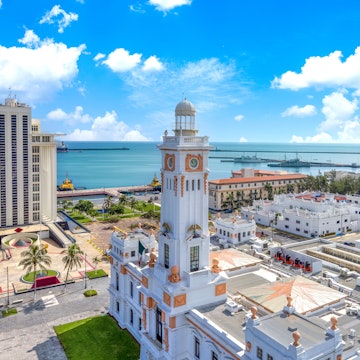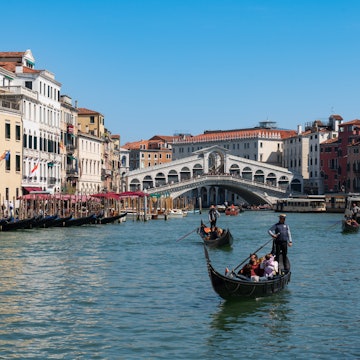

Until recently, even seasoned travellers would have been hard pushed to pinpoint the Azores on a map. But finally the world is waking up to the allure of these nine volcanic islands, scattered like stepping stones in the mid-Atlantic. Whether you're watching the sunrise creep up Pico's perfect cone, tearing around a crater lake on a mountain bike or holding your breath as a whale surfaces from the deep blue, the Azores, with their rumbling mass of beauty, are surely one of Europe's last great island adventures.

Pico
All you see is that whopper of a volcano: a perfectly symmetrical cone thrusting above the deep blue Atlantic, its summit often wreathed in mist. So big it threatens to swallow up the entire island, the 2351m Montanha do Pico is the first (and last) thing you see whether arriving by boat or plane. Its profile hogs the horizon, begging to be admired, photographed and hiked - three hours up and four down, for the record. It is here on Pico that you can wander through Unesco-listed volcanic vineyards on the 10.5km Caminhos de Santa Luzia and descend into the half light of the 5km Gruta das Torres, one of the world's longest lava tubes.
Terceira
Dry-stone walls hemming in patchwork fields and more cows than people - on Terceira's backroads, you would be forgiven for thinking you'd been teleported to the Yorkshire Dales. But the illusion is short-lived as you round a bend and the Atlantic appears piercingly blue on the horizon, the meadows give way to primeval laurisilva (laurel) forests freshly minted for Middle-earth, and the volcanic Serra de Santa Bárbara massif looms to the west. Begin your discoveries where the great Portuguese navigators did: Unesco-listed Angra do Heroísmo, the Azores' oldest city, with a formidable 16th-century fortress and a pristine Renaissance old town. Descend to the island's core at Algar do Carvão, a 90m-deep volcanic chimney, then head northwest past postage-stamp vineyards to Biscoitos to swim in lava-rock bathing pools, sheltered from the crashing Atlantic.
Faial
You can't really say you've been to the Azores until you've bounced across the choppy Atlantic in a semi-rigid boat, the wind in your salt-entangled hair, waves tossing you from side to side. And all for that moment of silent exhilaration as you first glimpse a whale: perhaps the blowhole of a migrating blue or humpback, or the smooth, torpedo-like form of a surfacing sperm whale, most commonly sighted in Azorean waters. Faial is one of the best islands to hook onto a whale-watching tour, such as those run by the inimitable, bandana-clad Norberto (www.norbertodiver.com). Whale-watching excursions depart from the marina in Horta from April to October. Here you'll also find Peter's Café Sport (www.petercafesport.com), the jolly, flag-bedecked haunt of yachtsmen since 1918. Pop in for a G&T or a plate of just-caught limpets. Upstairs is a one-of-a-kind scrimshaw museum, a nod to the island's former whaling industry. At the island's western tip is Capelinhos, the last volcano to erupt in the Azores in 1958, now an eerily beautiful, ashen landscape that falls abruptly to the ocean.

Flores
Even Azoreans spoiled with magnificent nature on every corner go misty-eyed at the mentioned of Flores, a Unesco Biosphere Reserve since 2009. This luxuriantly green botanical garden of an island receives the highest rainfall, hence the profusion of lagoons, waterfalls and inky blue crater lakes. In summer its plateaus are a fragrant mass of pinkish-blue hydrangeas. Out on its lonesome in the western Azores together with Corvo, this is a terrific outdoorsy pick, with coastal hikes (Ponta Delgada to Fajã Grande, for instance), canyoning, mountain biking and diving to lava tubes and caves. In Fajãzinha, 20 waterfalls spill down cliff faces in wispy threads, the highest of which is 300m-high Ribeira Grande. The fluted basalt columns of Rocha dos Bordões are the island's most visible natural icon.
São Miguel
If you have time for only one island, go for the biggest. São Miguel packs the best bits of the Azores into one enticingly volcanic bundle. The southern capital Ponta Delgada, is a graceful black-and-white affair, with mosaic cobbled streets meandering down to a marina lined with fish restaurants. Base yourself here and day-trip to island hotspots like Furnas, where a placid crater lake contrasts with spluttering caldeiras (hot springs) and smouldering fumaroles. Here, cozido, a rich meat and vegetable stew, is slow-cooked a metre deep for seven hours in the soil's geothermal heat; try it at Tony's Restaurant. You can float in brackish thermal waters at the 18th-century Terra Nostra estate nearby, now a botanical wonderland of ferny groves and gardens nurturing azaleas, camellias, hydrangeas, ginger lilies and cycads. When the fog peels back from Mirador do Rei lookout, the view of Sete Cidades is simply staggering. Local lore has it that these twin crater lakes were formed by the tears shed by a pair of star-crossed lovers: a green-eyed princess and a blue-eyed shepherd. High on your itinerary, too, should be a dip in the pool at Caldeira Velha waterfall, a hike in the Lagoa de Fogo nature reserve and a visit to the time-warp that is Gorreana, Europe's only tea plantation, little-changed since it opened in 1883.

Corvo
One caldera, one village, 430 inhabitants, 17.1 sq km of unbridled nature: Corvo's stats are music to an escapist's ears. In the western Azores, this droplet of an island is home to one of Europe's smallest communities, whose traditions and idiosyncrasies have been preserved and polished over centuries of isolation. Folk here speak with a medieval Portuguese dialect and still lock their doors with juniper latches - trust is key when you know all your neighbours. The island is a much-loved hangout of birdwatchers, especially in October and November when migratory species such as the American heron can be sighted. If hiking is more your scene, take the 5.3km trail from Caldeirão to Cancela do Pico for broad views across a 300m-deep caldera. Prime dive sites include the skylit cave Gamela and the Caneiro dos Meros, where groupers swirl among submerged lava formations.
Graciosa
Small and serene, Graciosa is the northernmost island of the central group. Its geological centrepiece is the Furna do Enxofre, a 40m-high volcanic cave, whose sulphurous lake and stalactites glimmer in the midday sun. On the easy-going 7km Serra Branca to Praia trail which criss-crosses the island from west to east, you can pick out some of the island's other idiosyncrasies, such as red-turreted basalt windmills and, if you're lucky, Azorean dwarf donkeys (there are just 20 left). Another hike leads around the perimeter of the Caldeira's volcanic cone, commanding far-reaching views across the whole island. Diving is best in the island's northwest, and whale- and dolphin-watching boats depart from the port of Santa Cruz.
São Jorge
A 54km-long slither of an island, São Jorge is scenically one of the most dramatic of the Azores. Its big-shouldered mountains, deep ravines, wave-lashed cliffs, fjord-like lakes and distinctive fajãs (coastal plains formed by lava flows or landslides) make it a prime island for all manner of outdoor pursuits, including mountain biking, canyoning, canoeing, and speleology at Montoso and Bocas do Fogo caves. Above all, though, this is a brilliant island for hiking, with trails such as the 10km Fajã dos Vimes, leading down from thickly wooded hillsides through vineyards and villages to the sea. Sub-tropical dragon trees, as well as banana, guava and coffee plantations thrive in this mild climate, and the island's tangy unpasteurised cow's milk cheese is the Azores' best.

Santa Maria
Santa Maria was the first of the Azores to bubble to the surface around 10 million years ago, and early volcanic activity can be traced in the pillow lavas at Pedreira do Campo and the basalt columns at Ribeira de Maloás. The 'mother island' is blessed with the Azores' best beaches, with paler sand and warmer water than elsewhere. Among the best are the amphitheatre-shaped bay of São Lourenço, where terraced vineyards march down the hillside to the Atlantic, and Blue Flag Praia Formosa for watersports like jet-skiing, surfing and kayaking. Beyond the beach lie villages reminiscent of the Algarve, with limewashed houses topped with cylindrical chimneys. Walk the 14km trail from Pico Alto (587m) to Anjos to contrast the lush greenery of the island's laurel forests with the wave-like, rust-red soils of the Barreiro da Faneca desert. In Anjos, a statue of Christopher Columbus stands proud near the chapel where he ordered a Thanksgiving mass to celebrate his safe return from the New World in 1493.
Make it happen
Sata (www.sata.pt) operate frequent flights to all nine Azorean islands; the flight time is around three-and-a-half hours from London Gatwick/Heathrow and around four hours from Boston. The Visit Azores website should be your first port of call for planning your Azores trip, with the lowdown on sights, accommodation, transport and hiking trails. Ferries run by Atlânticoline (www.atlanticoline.pt; May to September only) and Transmaçor (www.transmacor.pt; year-round) serve the islands, but it is quicker and more convenient to fly if you want to explore islands that are far apart. On São Miguel and Pico, Futurismo organises all kinds of outdoor activities, from hiking to diving, whale-watching and mountain biking.
















